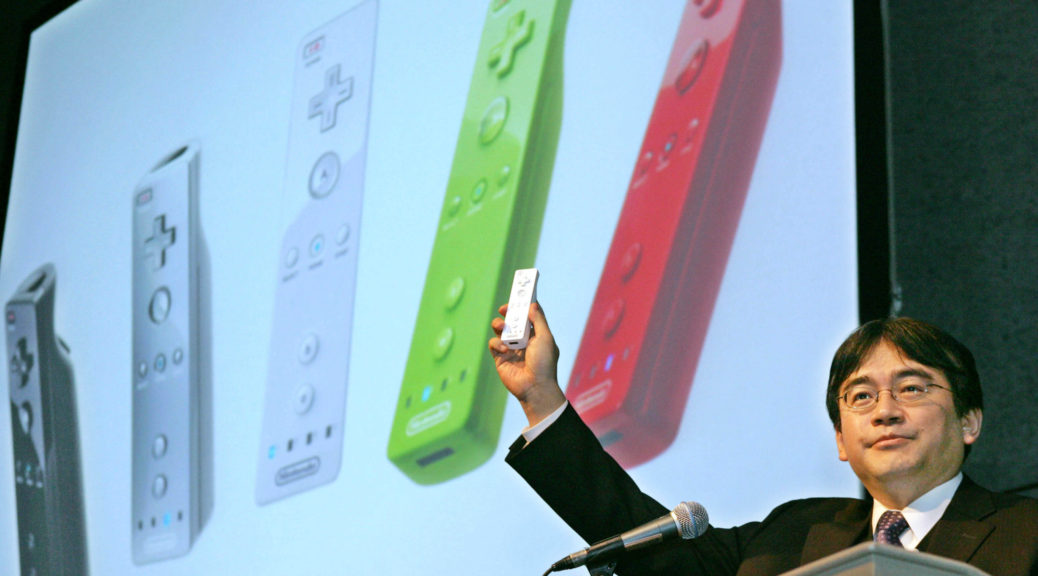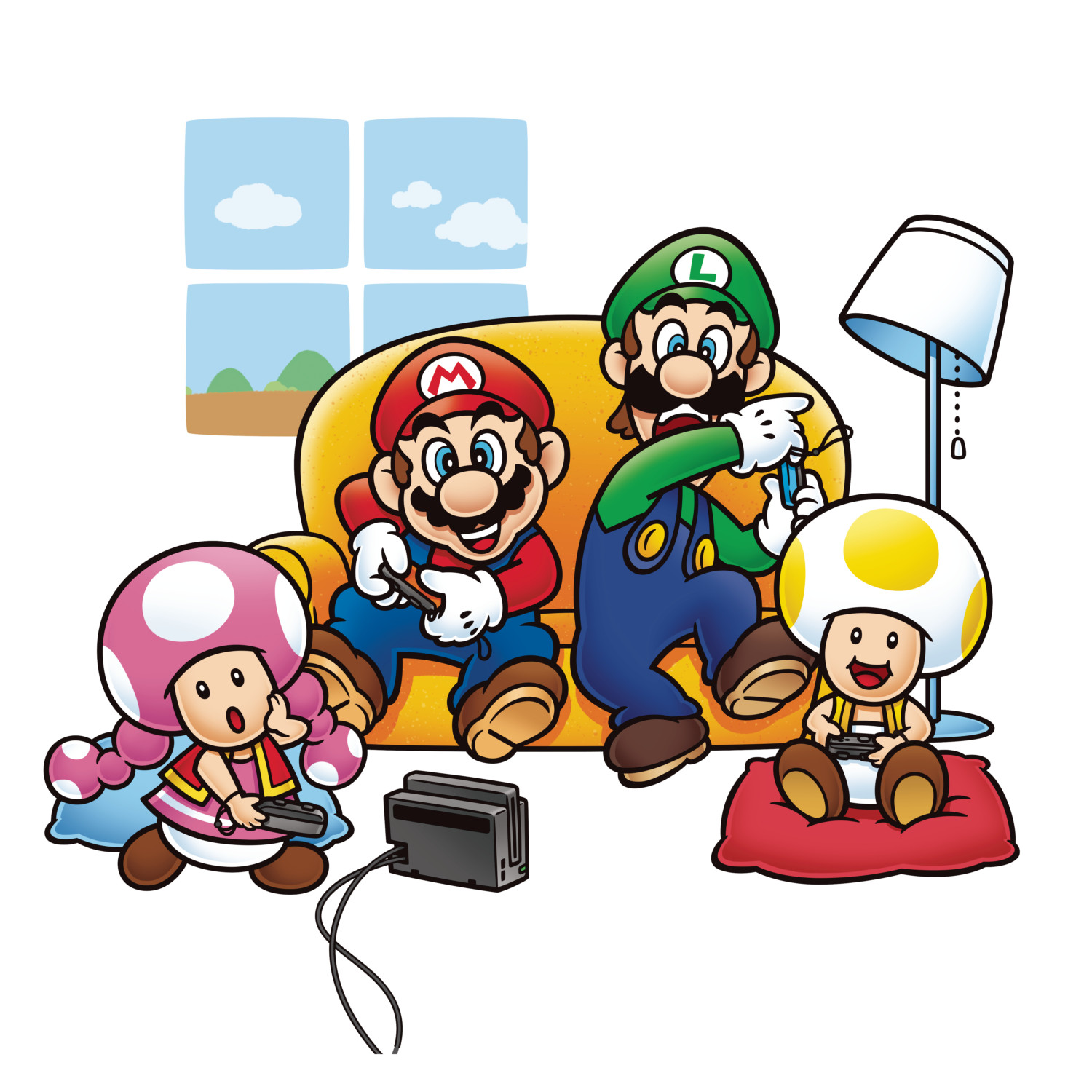
Game Developer Appreciates Switch’s Versatile Controls, Says Wii’s Control Led To Sub-Par Games
Nintendo has been known to bring unique, quirky and sometimes revolutionary controls on to the table. While the Wii took the world by storm with its motion controls, the unique control scheme was not friendly with every developer.
Writing for Rolling Stone Glixel, Creative Director of Indie Studio Necrosoft Games, Brandon Sheffield, talked a bit about Nintendo’s past control schemes and how it did not always sit well with him.
He started off explaining Nintendo’s innovative control schemes and how developers are always forced to use the control scheme. The worst thing is, developers would usually have to rebuild their game to suit the quirks of any Nintendo console. For Wii, it was the compulsory use of the Wiimote. With the Wii U and DS, it was making a game for dual screen.
On the Wii, you had to use the Wiimote, at least at the start. If you didn’t like “waggle,” you were kind of up a creek as a Nintendo fan of that generation. And as a developer, if you didn’t use it you weren’t going to make a big impression on the folks at Nintendo. With the DS, plenty of innovation came out of the dual screen technology, but you had to have it, both as a consumer and as a dev. On the 3DS, until the 2DS came out, 3D was the rule of law. No matter whether you wanted to use the 3D, as a consumer you had to pay for that fancy screen, and as a developer you had to take its use into consideration. Wii U? If you weren’t using that second screen, what were you doing? Everyone figured that one out pretty quickly.
That is why Sheffield appreciates the Nintendo Switch’s versatile controls. While it has the innate capabilities to do much more in games, it does not force or constrain you to use them all. For example, Wii-style motion controls were built in but can be skipped.
This is why I truly appreciate Nintendo’s approach not only to Labo, but to the Switch itself. Yes, the Switch has the potential for motion control, but you don’t have to use it in most games.
He then concludes that as a result, the past 10-plus years of Nintendo consoles have been “risky bets” for developers. A lot of work had to be put in to cater for Nintendo’s quirks, which didn’t always pay off. Also, when the development team is apathetic about the controls, this led to sub-par games.
I’ve worked on Wii games that wound up being sub-par because nobody on the team was enthusiastic about the Wiimote. The DS games I’ve worked on couldn’t come to any other platform without basically being remade. All this means Nintendo’s most recent platforms have been risky bets. For the last 10-plus years, if you made a game for a Nintendo platform, you either had to do a lot of extra work to make it fit, or you had to target that platform exclusively and trust you’d make your money there, ignoring the potential of future ports.
Sheffield has brought some great arguments to the table, indeed, the Wii was plagued with sub-par games with even some developers struggling to put motion controls into the Wii games. If you like to read more about it, you can head on here to read Sheffield’s full piece.
